Disclosure: I was invited on a California Farm Water Coalition Farm Tour of the Sacramento Valley this past October. This was part of my experience while on tour. All opinions are my own.
As we head into baking season, those, fresh, walnuts, come to mind, that are added to so many desserts in the coming weeks ahead!
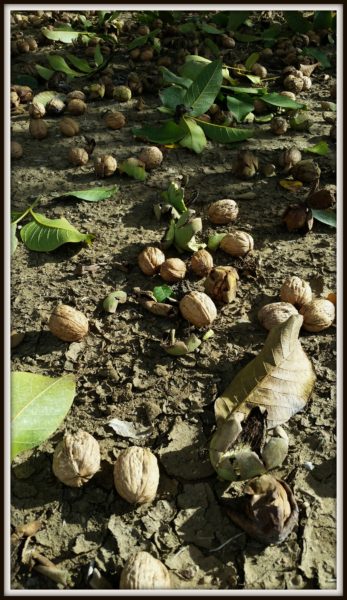
But have you EVER thought about how a Walnut is farmed, or how it is harvested? I have to admit, I never really knew the process either until a few weeks ago when I saw the process in action at Lester Farms.
Lester Farms is located in Yolo County, which also happens to reside in the Sacramento Valley (think area of Winters, CA.)
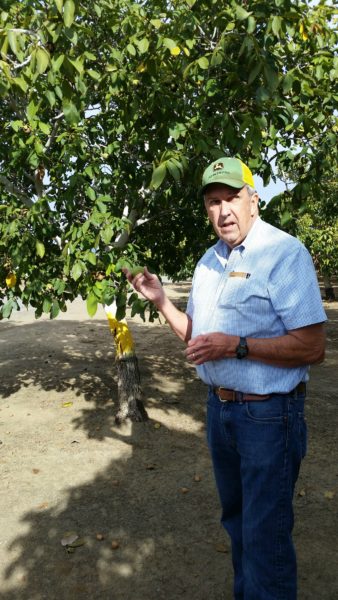
Upon arrival, we met up with Stan Lester, owner of Lester Farms. The farm has been operating since the 1800’s, and has always been a family-owned farm. The farm started in the Santa Clara area originally, but as Urban Sprawl began, the family begin to look for property elsewhere, and that is when they found the area of Winters, CA.
We then headed closer to the Walnut Trees to take a closer look:
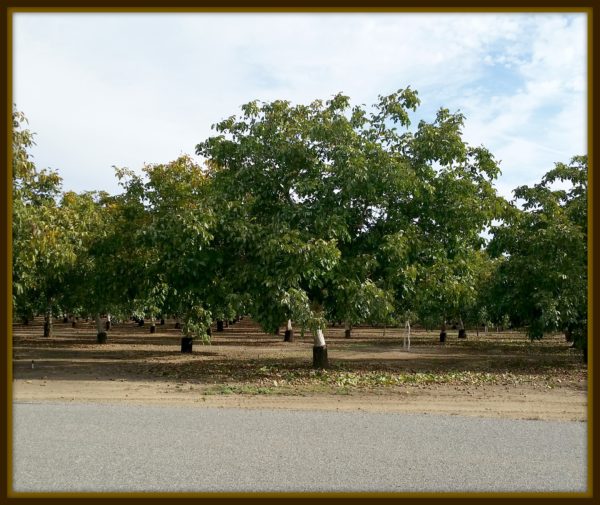
One of the first things I noticed as we drove through the Walnut Trees was the black trunk below the white trunk. What I found out, is that the Black Walnut Trunk is used for the planting, then another varietal is grafted on top of the black walnut trunk due to the sturdiness of the Black Walnut.
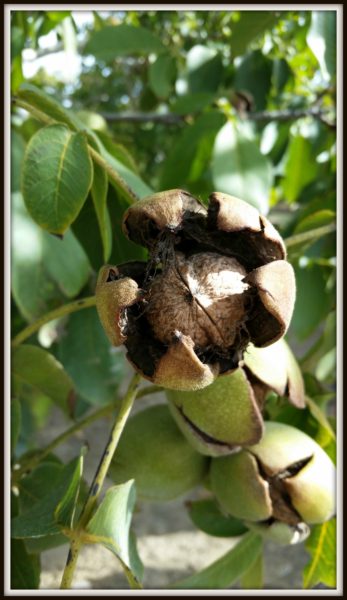
The previous weekend, rain has come in, and actually helped the Walnuts open up their hulls; the hulls are what surround the walnuts for protection as they grow. Once the hulls split open, it’s a good sign, the walnuts are ready to be harvested. A shaker then comes through to knock the walnuts to the ground.
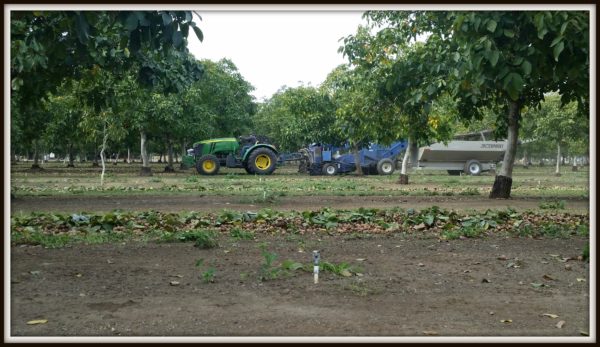
After the crew has gone through shaking the trees, a sweeper will then come through the rows of trees to sweep the walnuts away from the tree trunks in a long row. Then another vehicle will come through to pick up all of the walnuts to bring to the processing area.
Once in the processing area, the walnuts are dumped into one area, where they are dropped below ground, then lifted into a conveyor belt to go through the cleaning process:
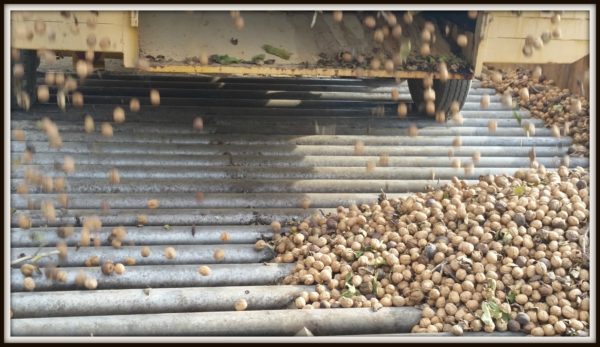
Watching them being dumped below was pretty cool watching… actually, it was pretty mesmerizing.
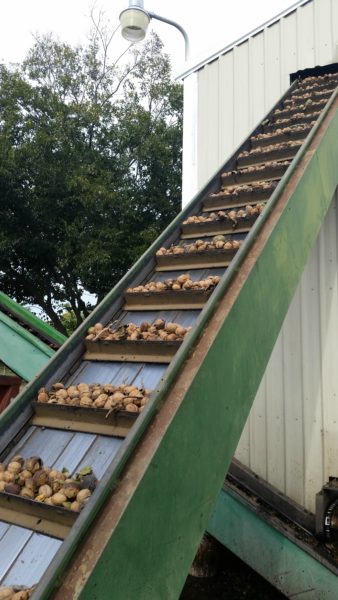
The Conveyor Belt where the Walnuts are lifted into the area where they will be cleaned:
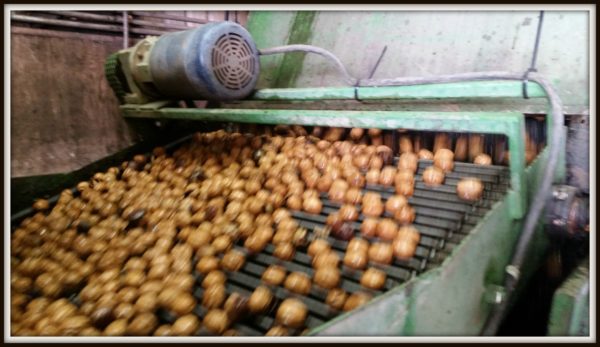
During the cleaning process, machinery will take away the extra stems, and leaves that may come in with the Walnuts, then the walnuts are washed and cleaned up.

After the Walnuts are cleaned, they are then put in for the drying process. The drying process can take anywhere between 12 and 30 hours!
And that completes the harvesting process for Walnuts! A huge THANK YOU to Stan Lester and his team for letting us come tour his property during the harvest season, but not only that, the fact that ALL this happened in front of our eyes while we WERE there.
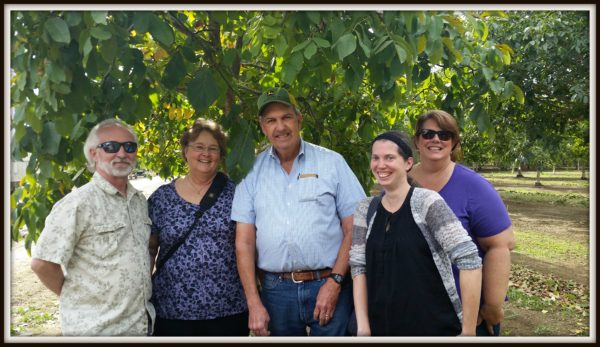
Lester Farms also owns a bakery in downtown Winters, CA, but more on that in a future post!












One Response to Seeing The Walnut Harvest In Action!